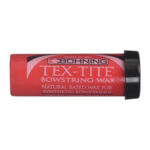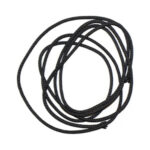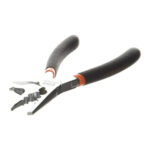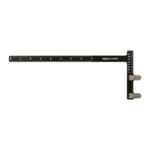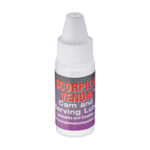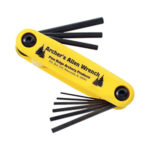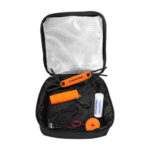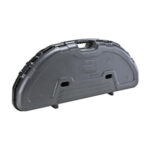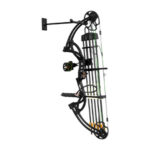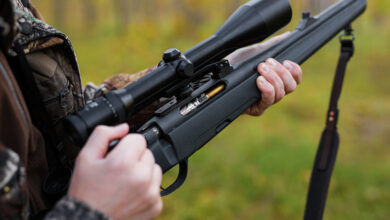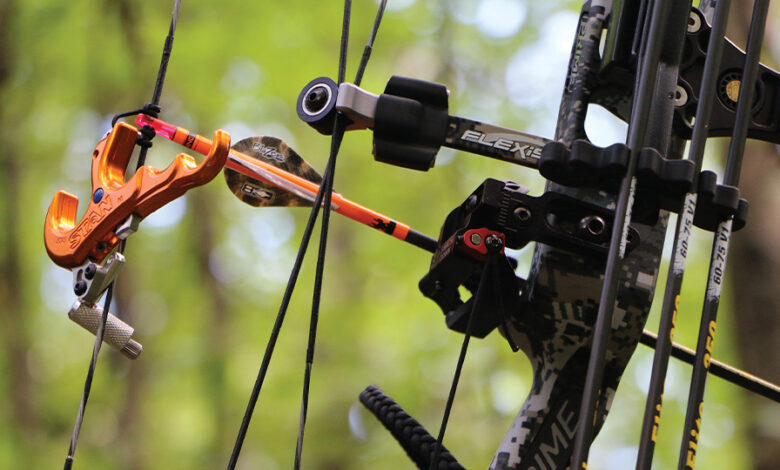
A hunting compound bow is not a “set it and forget it” tool. It’s a finely tuned mechanical system with cams, cables, strings, axles, bearings, and fasteners. If any part is neglected, you risk:
- Decreased accuracy and consistency in your shots
- Equipment failure (e.g., broken string, frayed cable, cracked limb) in the field can ruin a hunt, or even cause unsafe conditions and injury.
- Shorter lifespan of your gear (strings and cables wear out, finishes corrode, hardware loosens), leading to higher cost over time.
- The “investment protection” aspect: you spent money on a bow, arrows, and accessories — maintaining them helps preserve value and performance.
In short: if you treat your bow like a “maintenance-free” item, you’re doing yourself a disservice. Simple care extends life, improves reliability, and helps you hunt with confidence.
Key Maintenance Tasks & Schedule
Here are the main things you should check, how often, and how to do them.
1. Before & After Each Outing
- Visually inspect the bowstring and cables: look for fraying, fuzzing, separated serving, or damaged loops. Recommendation: Apply string wax often.
- Wipe down the bow if you’ve been in wet/muddy conditions. Moisture + debris = corrosion risk on cams, axles, and screws.
- Check screws and bolts for looseness. Every shot creates vibration; even accessories (sights, arrow rests) can loosen over time.
- If you’ve been in extreme conditions (rain, slush, heavy dust), make a more thorough check — debris in the cam system, or mud in cable guards, for example, can impair performance.
2. Periodically (every few months or after heavy use)
- Wax your bowstring and cables: During heavy use, a light application of bow-string wax at least every two weeks is recommended.
- Inspect limbs for cracks, chips, or delamination. A small surface chip might be cosmetic, but any crack or splinter is a serious issue.
- Inspect cam timing and synchronization (for twin-cam or single-cam systems). If one cam is ahead/behind, you’ll lose accuracy.
- Check bearings or axles (depending on bow design) for wear, and apply lubricant if the manufacturer calls for it.
- Ensure the bow is stored properly: dry, cool, out of direct sunlight or heat. Heat can degrade limb epoxy, and humidity can cause corrosion.
3. Annually
- Replace strings and cables if wear is evident, or if recommended by the manufacturer (many suggest every 2 years under normal use).
- Take your bow to a qualified archery shop for a full “tune-up”: timing check, cam or module check, hardware check, bearing/axle check.
Detailed How-To for Key Components
Let’s break down some of the major maintenance components with what to look for and how to care for them.
Bowstrings & Cables
- Use a quality string wax and rub it into the string fibres (but avoid excessive build-up). The wax protects against moisture/UV and reduces friction.
- Inspect the serving (the wrap/thread around the main string/cable where it contacts cams or other hardware) for separation, fraying, or wear. When the serving is compromised, the string life is shortened.
- Never dry-fire a compound bow (shooting without an arrow) — this can severely damage the string or limbs.
- If you notice fuzzing, broken strands, brittle appearance, or slack in loops, it’s time for replacement.
Limbs & Riser
- Visual inspection: check for cracks, chips, delamination, especially around limb pockets or riser junctions. Even surface chips might be harmless, but cracks are dangerous.
- Avoid storing your bow in high heat (e.g., a hot car) or direct sunlight, as it can degrade epoxy or laminate.
Cams / Axles / Hardware
- Depending on design, cams or wheels may have bearings/bushings. Over time, these wear or become contaminated with dust/debris/moisture. Use compressed air or a small brush to clean.
- Light lubrication may be required (manufacturer guidelines). Use silicone/Teflon-based lubricants, not penetrating oils like WD-40.
- Every few hundred shots, check for loose hardware (cam modules, limb bolts, accessory screws). Tighten carefully, but don’t overtighten or change torque settings unless you know what you’re doing.
Storage & Transport
- After use in wet/muddy/rainy conditions, dry off your bow shortly after returning home. Moisture left on cams, screws, and riser can lead to corrosion.
- Store in a cool, dry place. Use a hard case for transport or storage if possible. Avoid extreme temperature swings and direct sun exposure.
- Hang or store in such a way that no undue stress is applied to limbs, cams, or string. Some archers hang vertically by the riser or limb; others keep in a case.
Top Maintenance Products to Consider
- String Wax: Bohning Tex-Tite Bowstring Wax
- D Loop Material: BCY #24 D Loop 1 Meter Black
- D Loop Pliers: Easton Elite Multi-Pliers
- Bow Square: Easton Bow Square
- Cam / Serving Lube: Scorpion Venom Cam/Serving Lube
- Wrench Set: Pine Ridge Archery Archer’s Allen Wrench Set
- Field Kit: Easton Archery Essentials Value Kit
- Hard Case: Plano Protector Compact Bow Case
- Wall Bow Hanger: Hold Up Displays Bow Hanger
If you’re a Whitetail hunter, you may also like our article:
Whitetail Rut Tactics: Using Calls, Rattles, Estrous & Decoys to Close the Deal

